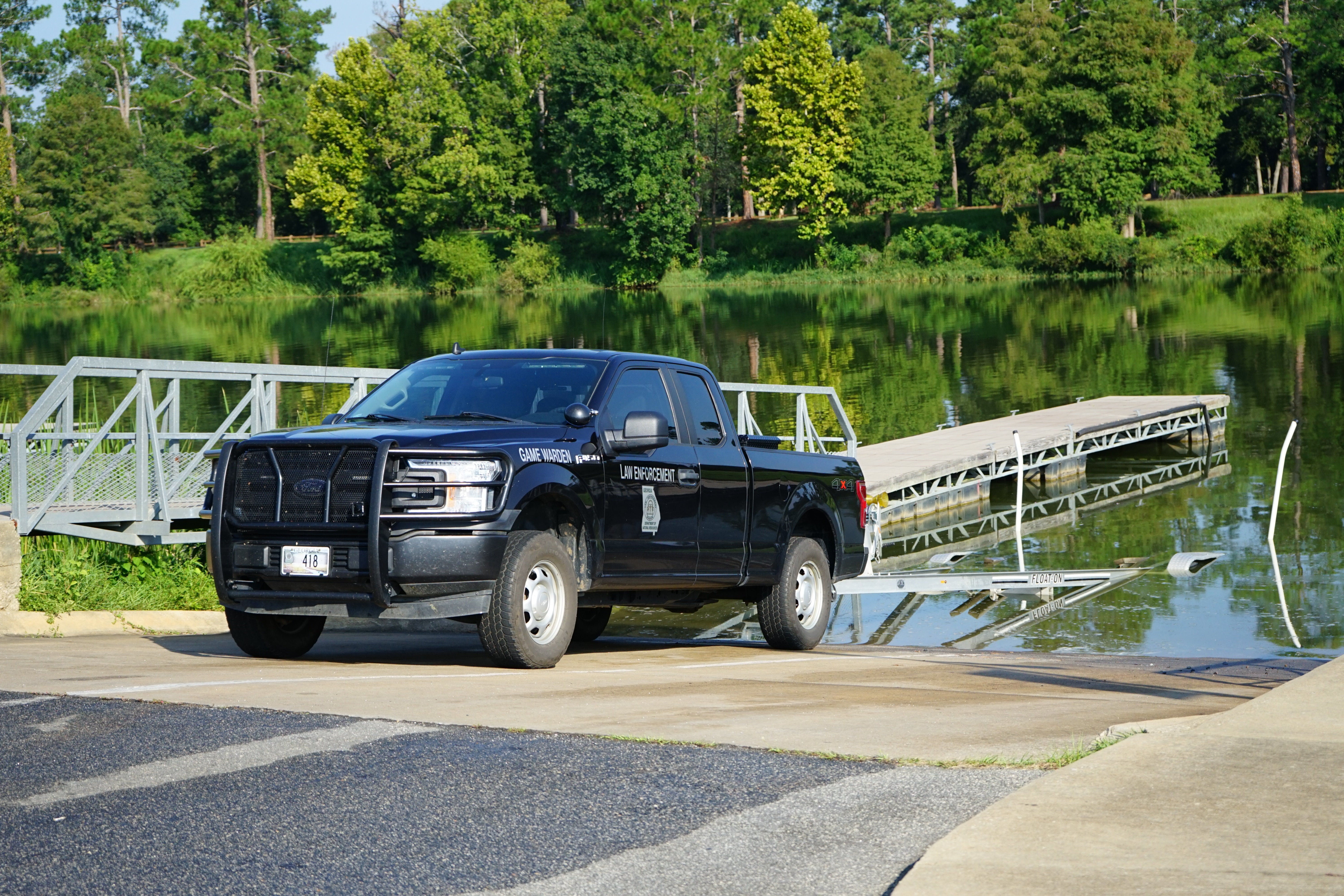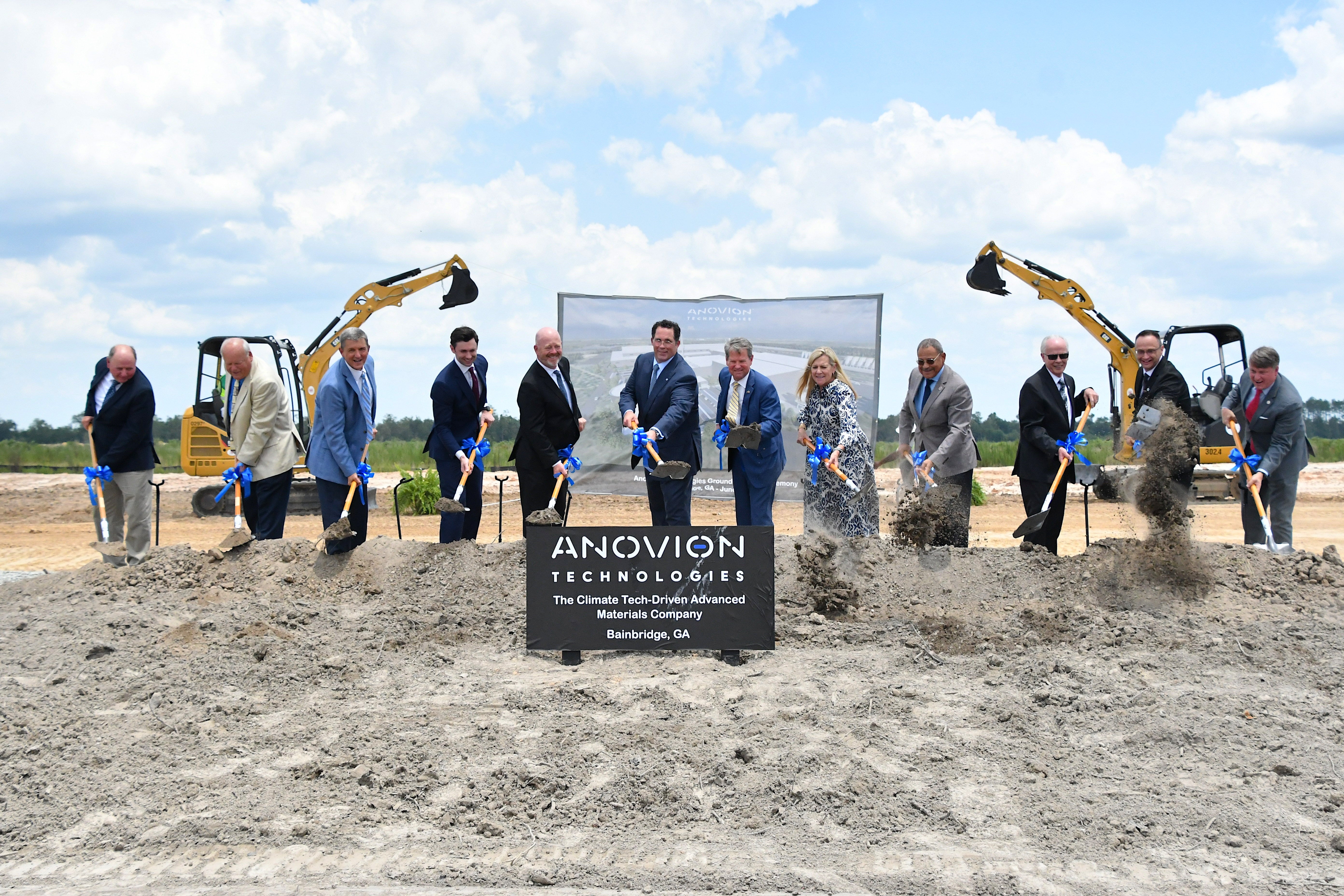City Council approves one-way street plan
Published 8:59 am Wednesday, June 23, 2021
|
Getting your Trinity Audio player ready...
|
The Bainbridge City Council met Tuesday, June 15, for their regularly scheduled meeting, where they unanimously approved a change to the downtown traffic pattern despite opposition from multiple storefront owners in the affected area.
City Engineer Gabe Menendez presented the Council with two remedies to eliminate the “growing pains” the downtown is currently facing on their streets. The first option suggested is to eliminate all parking on one side of the street, while the second option provided is to go to a one-way operation.
Menendez’s parking suggestion would eliminate all the parallel parking on Broughton Street between West Street and Broad Street and the angled parking on Water Street, between West and Broad Street. In addition, they would eliminate the parallel parking on Water Street between Broad Street and Clay Street.
“The benefits of that are to provide a safe and wider travel lane and to minimize the need for lane shift while traveling through intersections,” Menendez said.
The one-way operation would change Broughton Street into a one-way westbound, Water Street into a one-way eastbound and Clark Street into a one-way northbound.
“The benefits of the one-way operation are it provides wider travel lanes and pedestrian safety to and from Willis Park and one way streets have no opposing drivers,” Menendez said.
Zoning coordinator Roy Oliver then provided the Council with a parking study, which recommended the one-way operation.
Following the conclusion of Menendez’s presentation, Mayor Edward Reynolds opened up the floor to comments.
Lee Lawrence, co-owner of The Bean Café, was the first to question the decision.
He asked if the parking study also determined how it would affect downtown business owners. He then asked if there were any additional options they could consider, because he felt like the only major issue was in front of J. Christine Esthetique.
“I think there are other options than to just one-way parts of the square,” Lawrence said.
Lawrence then asked if the development at the river played into the one-way decision.
“What does this look like in the grand scheme of things, how does that impact all of that?” he asked.
He ended by saying he was not for one-way streets.
“I’m not sure we can answer those questions, this isn’t a question and answer thing,” Reynolds told Lawrence.
Tyler Thomas of The American and Willis Park Hotel/Café Sinclair then got up to speak.
“I think from the business owners’ perspective, we have to wonder how this will affect us,” he said. “We aren’t questioning the judgement or character of this decision, we just want you to know how we feel.”
Thomas then presented some data and articles about one-way streets. Thomas said he knows one-way streets are supposed to reduce accidents, but because of the perceived reduction of variables, people drive faster.
“In both cases, there was an increase in crashes and speeds,” he said.
Of the data Thomas studied, one was an empirical research article demonstrating the inferiority of one-way streets to two-way streets, due to the promotion of traffic collisions, injuries and deaths, the increase in crime levels the reduction of property value and more.
“If one-way streets could possibly increase speeds, I think that’s something we need to relook at,” he argued.
Thomas also provided another article showing that in Denver one-way streets became “through streets” instead of “to streets,” meaning they were used to funnel high-volume traffic through downtown, instead of a destination to stop at.
Reynolds told Thomas he could not focus on what they are doing in other cities and the size of vehicles had probably changed since the streets in Denver became one-ways 25 years ago.
Thomas told Reynolds he could not agree to either option because he had not seen what the new parking plan would look like.
Rollins Miller of Premier Group Realty then addressed the Council, telling them he opposed the one-way streets because of the disruption to the current traffic pattern and confusion it would cause the downtown visitors.
He asked the Council if there was a possibility they could widen the streets by taking some of the sidewalk or moving further into Willis Park.
“It’s something to consider, but the ADA tells us how wide the sidewalks should be,” Reynolds said.
Tax commissioner Mark Harrell then spoke in favor of one-way streets.
“I feel like we have to let our engineers do their job,” he said. “There’s definitely a problem we have to address.”
Harrell lives on the corner of Water Street and Broad, where he has seen numerous accidents, including one involving his family members.
“It’s not a random occurrence,” he said. “It’s a safety issue.”
Ashley Gardner of Gardner and Youmans then offered an alternative solution for the Council to consider.
“Currently the two sections in question have no traffic markings,” he said. “In my observation, there is a problem at the intersections, but should we consider making no parking zones in the immediate vicinity of the intersection?”
Gardner asked if they could possibly implement these before taking the drastic measure of rerouting traffic.
Reynolds asked Gardner if he was in favor of option one with doing away with parking and Gardner told him, he was in favor of limited parking.
“I’m not sure that would completely solve our problem,” Reynolds said.
Doug Young of PDC Construction sided with Harrell in favor of the one-way streets, due to safety concerns.
He said he spoke with James Robinson, who owns a business on Water Street and was told 50 kids a day get dropped off at Kicks after school program.
“He’s scared to death someone is going to get hit,” he said. “I think we have a responsibility to those kids.”
Kristy Elkins of Bainbridge Engraving spoke in opposition of one-way streets.
“I’ve been at my location for 11 years and I’ve seen more people fly by there than you can shake a stick at,” she said. “If we add one-way streets, it’s only going to get worse.”
Elkins referred to some of the articles Thomas provided and said not only is the speed a concern, but the inconvenience to visitors, who will not turn around to revisit.
“In society today, people are always in a hurry and I really feel that a one-way street is such an inconvenience they won’t come downtown,” she said.
Gallagher Dempsey owner of Southern Philosophy then addressed the Council, agreeing there was a problem on Water Street, saying he was not in opposition of a one-way on Water Street, but not a one-way on Broughton Street.
He reiterated an earlier point about street widths and asked if there was an exemption to historic downtowns, citing Savannah, Charleston and Boston as also having narrow streets.
“When you drive in a historic downtown, you’re going to have drive a little tighter, but there’s something special about it,” he said. “I would like to see a small change, before a big change.”
Billy Ward of The Collaborative Impact for Decatur County said he was in favor of the change.
“It’s about time,” he said. “I lived in New York City on a one-way street for years and saw no problems.”
Finally, Doug McMillan of Shingler and McMillan asked a few final questions.
He questioned again if there had been an economic impact study done.
Reynolds told McMillan that had already been addressed and there was not one completed.
McMillan requested they then table the decision and complete one before finalizing their decision.
“Part of the reason I moved back to Bainbridge is because I want to be downtown; I’m incurring more expenses,” he said. “I think we are doing a disservice to everyone who has poured their sweat and their tears into their businesses if we don’t do an economic impact study. The last thing we would want to do is stifle the growth.”
McMillan said he took issue with them not considering the business owners. He also went back to Miller’s earlier comment about taking away from the sidewalk and said he does ADA law. He said the sidewalks are currently 10 feet, while they are only required to be 4 feet and could be taken away from.
Reynolds thanked everyone for their input and opened it up to the Council.
Councilwoman Glennie Bench questioned the parking study and said she believed they had studied what the economic impact was of each parking spot was before.
City Manager Chris Hobby informed the Council each parking spot generates roughly $27,000 for the businesses.
“There isn’t really a lack in parking, though,” Hobby said. “And, we are about to begin construction on a new parking lot beside State Farm.”
City Councilwoman Roslyn Palmer said she sees both sides, especially as a former merchant.
“Everything I was hearing was from people who didn’t want it,” Palmer said. “However, I asked Amanda Glover to do a survey, but then there was all these people in favor of it.”
Palmer said the survey showed more people in favor than in opposition. However, Thomas claims out of the seven business owners present none of them were ever surveyed.
Council Member Don Whaley then said it only came down to two choices, and although he did not like one-way streets, it was dangerous the way it was now.
“If I was a merchant, I would not want to lose those parking spaces, so I lean in that direction,” he said.
Whaley then made the motion to accept the new traffic pattern, much to the disappointment of the business owners present.
“With all the progress the business owners have made downtown, I would hate to see something like this slow down and stop the growth,” Thomas said. “We all had similar concerns and went in thinking our voices would be heard, but it was clear the decision had been made long before the public hearing,” Thomas said in regard to the decision.
Following the meeting, business owners also had to question if the Council followed their own Code of Ordinances.
Section 2.14(a) says “elected and appointed officers of the city are trustees and servants of the residents of the city and shall act in a fiduciary capacity for the benefit of such residents.”
The business owners believe the Council did not act in a fiduciary manner when they refused to conduct an economic impact study that would benefit the residents and business owners of the city.
However, until this can be proven, the City plans to forge on with the plans to go to a one-way operation downtown.




